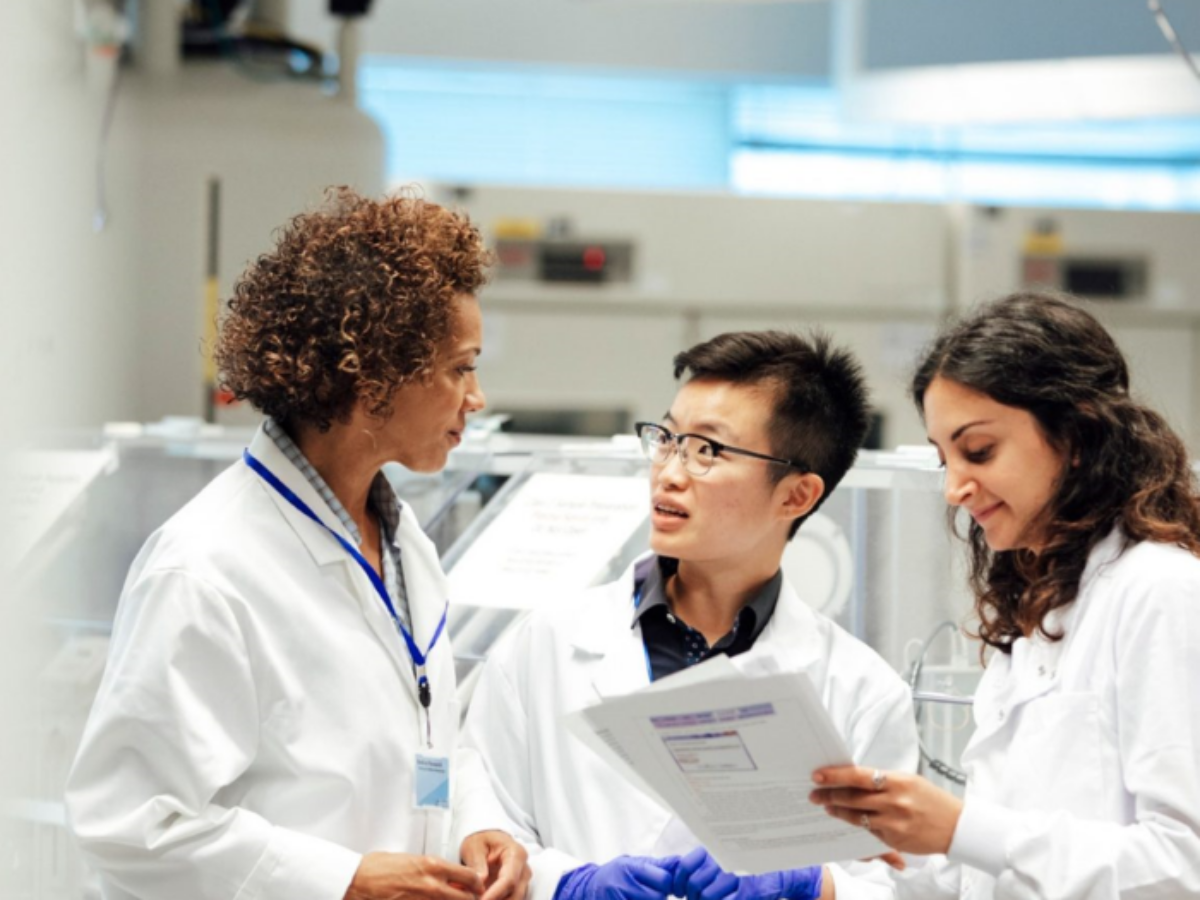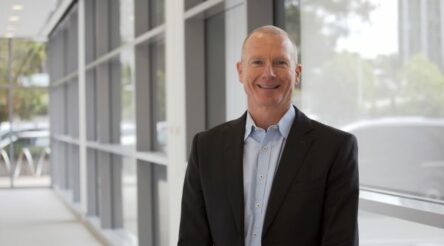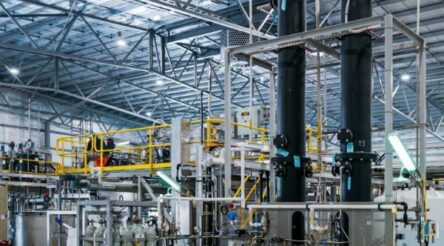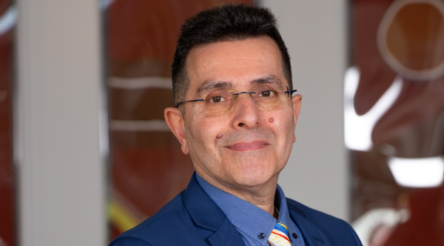UNSW students to build small scale nuclear fusion device

UNSW students in Sydney are to build a nuclear fusion capable machine – a tokamak – as part of a programme designed to engage undergraduate and postgraduate students in ambitious, long-term, multidisciplinary challenges.
Led by UNSW academic and nuclear engineering expert Dr Patrick Burr, the tokamak is a doughnut-shaped vacuum chamber with powerful magnets to control and heat streams of plasma to extreme temperatures, at which point nuclear fusion is possible.
Conventional nuclear energy is used to produce electricity by splitting atoms and releasing energy, while fusion produces energy when atomic nuclei are massively heated up and then fused together under substantial force.
It is the same process that powers the sun and has the potential to provide clean and abundant energy on Earth if successfully harnessed – it is still experimental and speculative however is garnering increasing scientific effort worldwide.
The initial tokamak device could potentially be followed by other devices that could achieve fusion using different methods, such as high-power lasers.
Dr Burr said: “We want to excite the next generation of innovators and make them realise how they can make a big change in the world.
“The students involved in this project will have to develop solutions to big engineering challenges, work closely with industry partners, and push the boundaries of what is possible with fusion energy.
“They will have to master skills that are also highly-sought after in other industries, like safety-critical infrastructure, transportation, outer space, and of course conventional nuclear technologies.”
Part of the University’s Vertically Integrated Projects (VIP) scheme, the programme is supported by industry partners Tokamak Energy and HB-11 Energy and the UNSW School of Mechanical and Manufacturing Engineering.
“This project will be the first in the world where students will design, build and manage a fusion reactor.”
Although the VIP project aims to create a fusion-capable machine, there is no intention to actually attempt to fuse hydrogen once it is built.
The student-built device will be operated without introducing any fuel that can actually create a fusion reaction.
“The tokamak device is small, around 1 metre by 1 metre, and during the initial build and testing the biggest risk is dealing with high voltages, which is a well-known hazard in our labs, for which we have special cages to keep everything very safe,” Dr Burr said.
Picture: UNSW
@aumanufacturing Sections
Analysis and Commentary Awards Defence Manufacturing News Podcast Technology Videos










